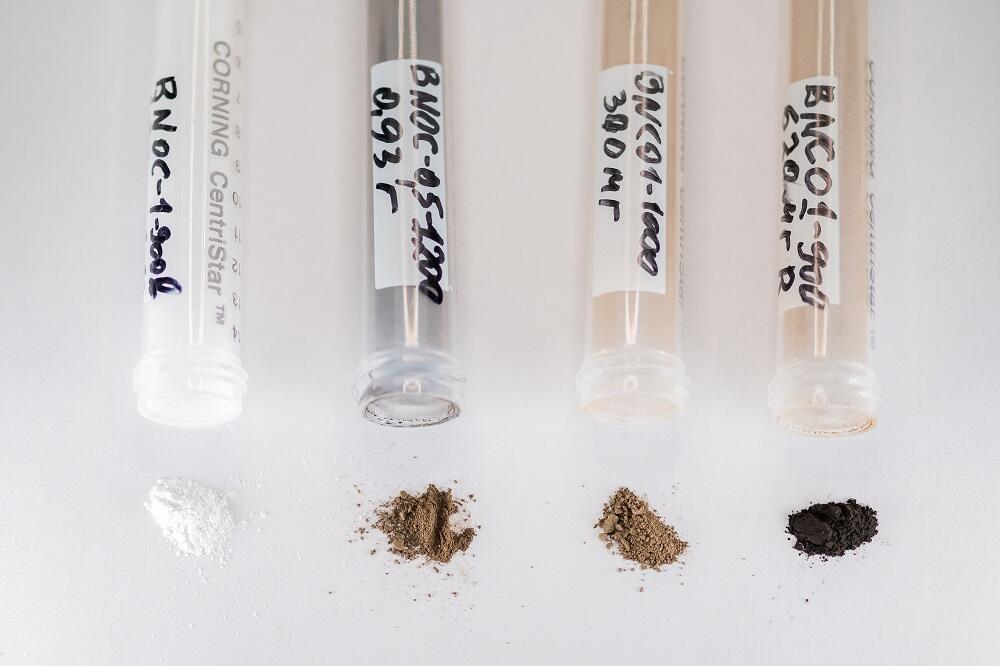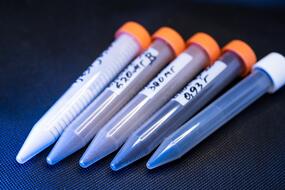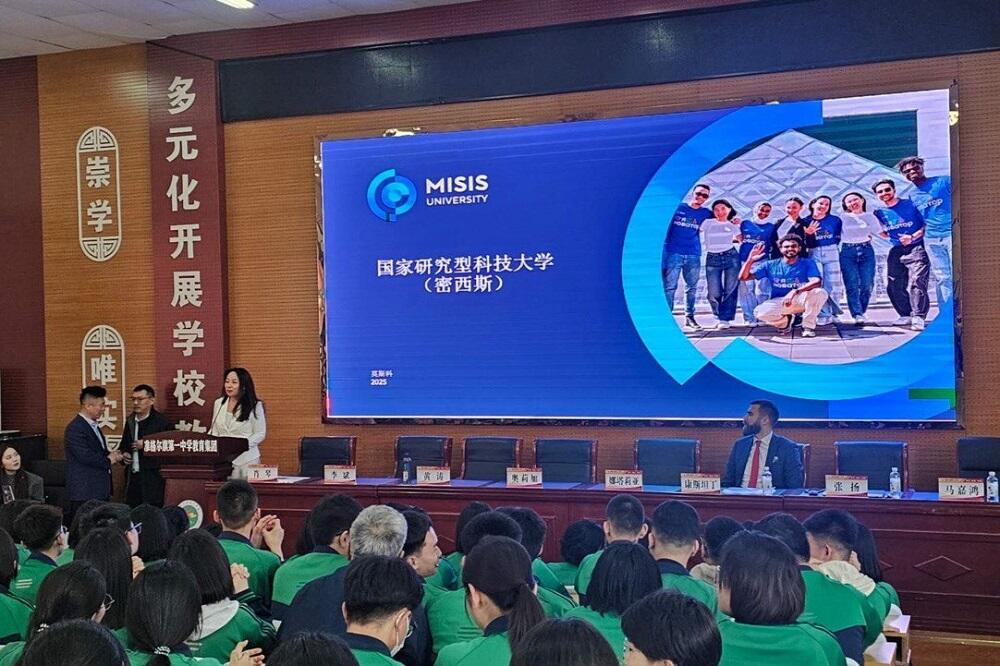Researchers from NUST MISIS, Aramco Innovations (Moscow), and EXPEC Advanced Research Center (Saudi Arabia) have presented an innovative nanomaterial capable of absorbing record amounts of hydrogen, making it a promising candidate for next-generation energy storage. This lightweight, safe, and durable material could be used to create portable batteries for electric vehicles, heating, ventilation, air conditioning systems, and other applications.
Hydrogen energy is a clean alternative to traditional hydrocarbon-based power. One of the key challenges in transitioning to hydrogen fuel is finding an efficient and safe method for its storage and transportation.
Porous materials are the most promising for developing high-capacity portable batteries. Currently, metal-organic frameworks (MOFs) offer the highest hydrogen storage capacity, but they are expensive to produce. A more affordable alternative is carbon-based materials, such as activated carbon, but they absorb half as much hydrogen as MOFs under the same conditions. Moreover, their production releases large amounts of carbon dioxide, harming the environment.
Scientists have proposed a new approach to creating high-capacity hydrogen-absorbing materials — introducing defects into their structure. They demonstrated that hexagonal boron nitride (“white graphite”), when doped with oxygen and carbon, exhibits high sorption properties. The BNCO nanomaterial absorbs nearly three times more hydrogen than MOFs. The study details were published in the International Journal of Hydrogen Energy (Q1).
“It was previously believed that hydrogen sorption depended primarily on the material’s specific surface area. We discovered another critical parameter, which is atomic vacancies, or structural defects. To create these defects, we synthesized boron nitride nanoparticles with carbon and oxygen atoms and then removed some of these atoms through high-temperature hydrogen treatment,” explained Andrey Matveev, Cand. Sci. (Phys.-Math.), senior researcher at the Inorganic Nanomaterials Research Laboratory of NUST MISIS.
The new method does not require expensive reagents and does not produce carbon dioxide emissions. The technology is scalable for industrial production. The researchers plan to continue their work to further enhance hydrogen sorption capacity.





